detail profile gilles groulx
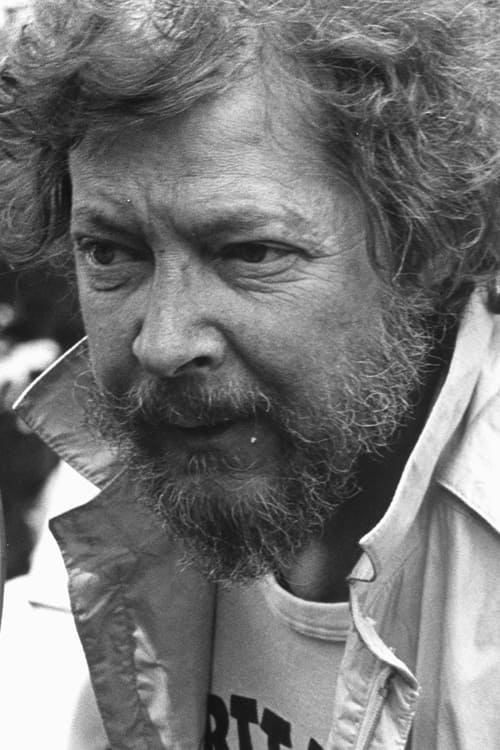
Riwayat Hidup
Gilles Groulx (August 30, 1931 in Montreal, Quebec – August 22, 1994) was a Canadian film director.
He grew up in a working-class family with 14 children.
After studying business in school, he went to work in an office but found the white-collar environment too stultifying.
Deciding that the only way out was to become an intellectual, he attended the École du meuble de Montréal [fr] for a time and was a supporter of Borduas' automatiste movement.
He also made 8 mm amateur films, which landed him a job as picture editor in the news department of the CBC.
After three short personal films that confirmed his talent, he was hired by the National Film Board (NFB) at what was the beginning of the candid eye movement in 1956.
Info Pribadi
Peran Yang Di Mainkan Gilles Groulx
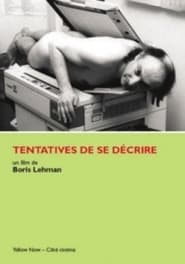 Trying to describe oneself is a...
Trying to describe oneself is a...Trying to Describe Oneself 2005
Trying to describe oneself is a movie about representation. How it is possible, through film, to describe oneself and describe others. With the camera as mirror and third eye. At first, a collage-like combination of letter-writing, investigation and journey, something between documentary and feature film. Finally, a portrait of Boris Lehman from 1989 to 1995, part II of BABEL.
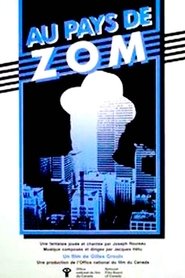 A filmopera divided into nine segments...
A filmopera divided into nine segments...Au pays de Zom 1982
A film-opera divided into nine segments, Au pays de Zom tells a day in the life of Mister Zom, a capitalist infatuated with his own person, whose conformism is only matched by his artistic velleity. A thematic sequel to his movie filmed with Mexican peasants, here Groulx asks, by making a business man sing, a second question on happiness: this time about the ones for whom happiness is linked with the possession of overabundance. He delivers, by developing the theatrical dimension with great emphasis, a social pamphlet with a strong satirical charge that he himself qualified as a "neo-surrealist fantasy".
 This feature film made during an...
This feature film made during an...24 Hours or More 1973
This feature film made during an exceptionally feverish period of popular revolt that saw the coming together of Quebec’s 3 main unions (CSN, FTQ, CEQ) is a cinematic tract by socially engaged filmmaker Gilles Groulx. Propped against the backdrop of the 1970 October Crisis, the film is a frontal assault denouncing a “consumer society” viewed as the ultimate embodiment of evil.
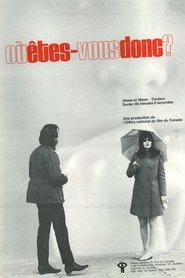 This experimental featurelength drama by Gilles...
This experimental featurelength drama by Gilles...Where Are You? 1970
This experimental feature-length drama by Gilles Groulx follows three main characters who embody different attitudes about consumerism. A window onto Quebec in the late 1960s, this protest film explores these characters’ daily lives, their trials and aspirations. Where Are You? is an innovative and militant work, buoyed by hard-hitting film language that includes subtitles and intertitles, quotations, offscreen voices and songs and references to advertising.
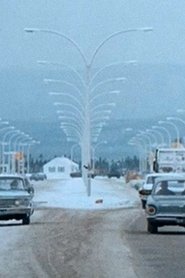 This short documentary film is a...
This short documentary film is a...Québec...? 1967
This short documentary film is a fascinating portrait of urban and rural Quebec in the late 1960s, as the province entered modernity. The collective work produced for the Quebec Ministry of Industry and Commerce calls on several major Quebec figures.
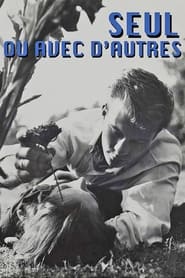 At the end of the year 1961...
At the end of the year 1961...Alone or with Others 1962
At the end of the year 1961, three young students, Denys Arcand, Denis Héroux and Stéphane Venne, decide to direct a feature-length film centered on the perks of student life. The film mixes fiction and reality in the style of cinéma vérité. "Alone or with others" is often considered the first indepent film of Québec.
 A classic NFB documentary about the...
A classic NFB documentary about the...Golden Gloves 1961
A classic NFB documentary about the Golden Gloves boxing tournament, the Canadian amateur's hope for success in the boxing world. This Gilles Groulx film shows three Montreal boxers in training. In behind-the-scenes interviews they talk about their ambitions and what prompted them to take up the sport. - NFB
 The 4000 inhabitants of the archipelago of...
The 4000 inhabitants of the archipelago of...France on a Pebble 1960
The 4,000 inhabitants of the archipelago of Saint-Pierre-et-Miquelon describe it as a caillou—a tiny rock on which they live, lost in the shadow of Newfoundland. There is something mysterious and inexplicable about this extension of faraway France. In broad strokes, the film paints a picture of this insular population, revealing their history, daily lives and singular character.
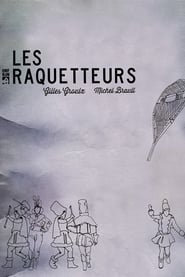 This short documentary records the celebration...
This short documentary records the celebration...The Snowshoers 1958
This short documentary records the celebration and ritual surrounding a snowshoe competition in Sherbrooke in the late 1950s. The film marked the beginning of a new approach to reality in documentary and prefigures the trademark style of the NFB's newly formed French Unit. Today, Les raquetteurs is considered a precursor to the birth of direct cinema.
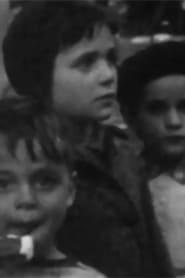 Gilles Groulxs first film shot in 1955...
Gilles Groulxs first film shot in 1955...Les héritiers 1955
Gilles Groulx's first film shot in 1955 with a camera borrowed from his brother and edited during his spare time when he worked as an editor at the Radio-Canada news service a few years before he joined the NFB. Silent film, presented as its author left it, where the soil and the dialectic of Groulx's work are already there: documentary realism, the social space to be explored, daily life, the relationship between individual and society, social disparities, the consumer society, seduction and happiness.
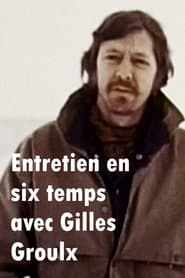

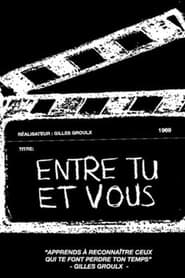 A chronicle of the lives of...
A chronicle of the lives of... A young journalist is unhappy with...
A young journalist is unhappy with...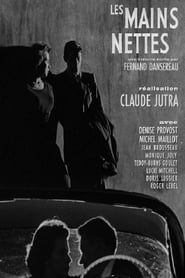 An efficiency expert is called in...
An efficiency expert is called in...